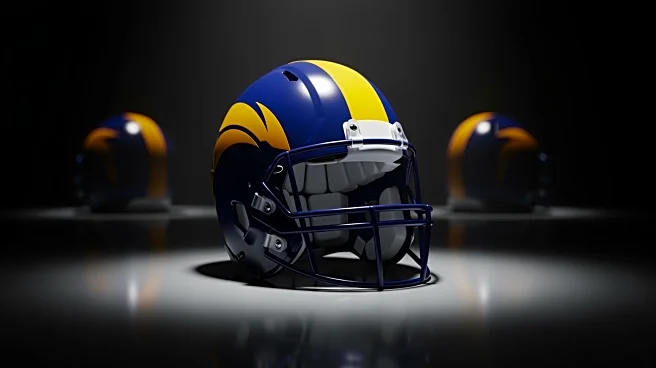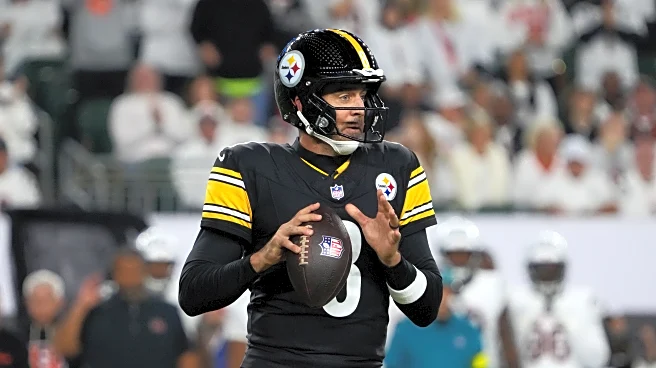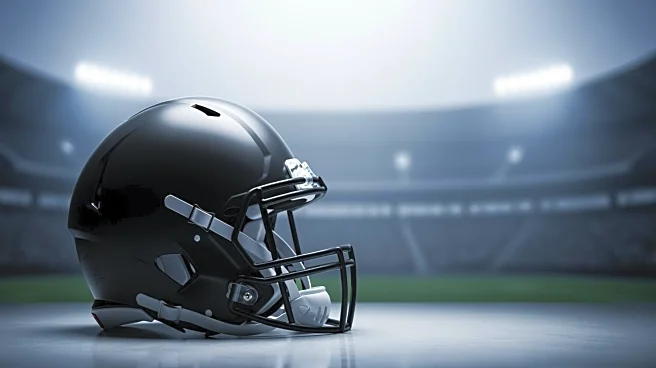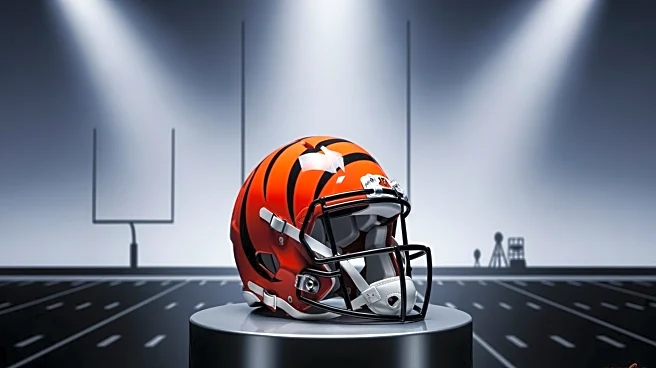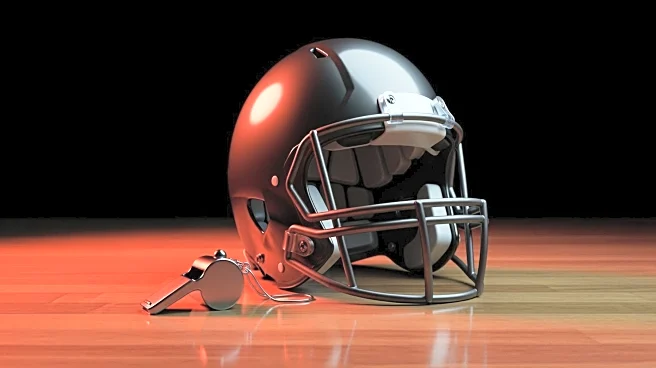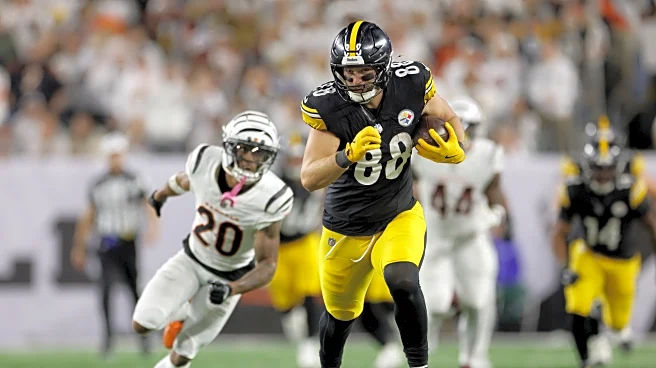What's Happening?
Trey Hendrickson, a key pass rusher for the Cincinnati Bengals, is not expected to play in the upcoming divisional game against the Pittsburgh Steelers due to a hip injury sustained during the Bengals' recent loss to the Green Bay Packers. Despite efforts
to recover in time for the Thursday night game, Hendrickson's condition has not improved sufficiently. The Bengals will officially confirm his status shortly before the game. In Hendrickson's absence, the team plans to rely on Myles Murphy, Cameron Sample, and rookie Shemar Stewart to apply pressure on Steelers quarterback Aaron Rodgers.
Why It's Important?
Hendrickson's absence is significant for the Bengals as they face a crucial divisional matchup against the Steelers. His role as a pass rusher is vital for the team's defensive strategy, particularly in containing the offensive threats posed by Aaron Rodgers. The Bengals' ability to adapt their defensive lineup and maintain pressure on the Steelers' offense will be critical in determining the outcome of the game. This situation highlights the impact of injuries on team performance and the importance of depth in the roster.
What's Next?
The Bengals will need to adjust their defensive strategy to compensate for Hendrickson's absence. The performance of Myles Murphy, Cameron Sample, and Shemar Stewart will be closely watched as they step into more prominent roles. The team's ability to maintain defensive pressure will be crucial in their efforts to secure a win against the Steelers. Additionally, the Bengals will continue to monitor Hendrickson's recovery, aiming to reintegrate him into the lineup as soon as he is fit to play.
Beyond the Headlines
Hendrickson's injury underscores the physical demands of professional football and the challenges teams face in managing player health throughout the season. The Bengals' reliance on younger players like Shemar Stewart highlights the importance of developing talent and ensuring readiness to step up when needed. This situation also reflects broader themes in sports management, including injury prevention and the strategic use of player rotations.
